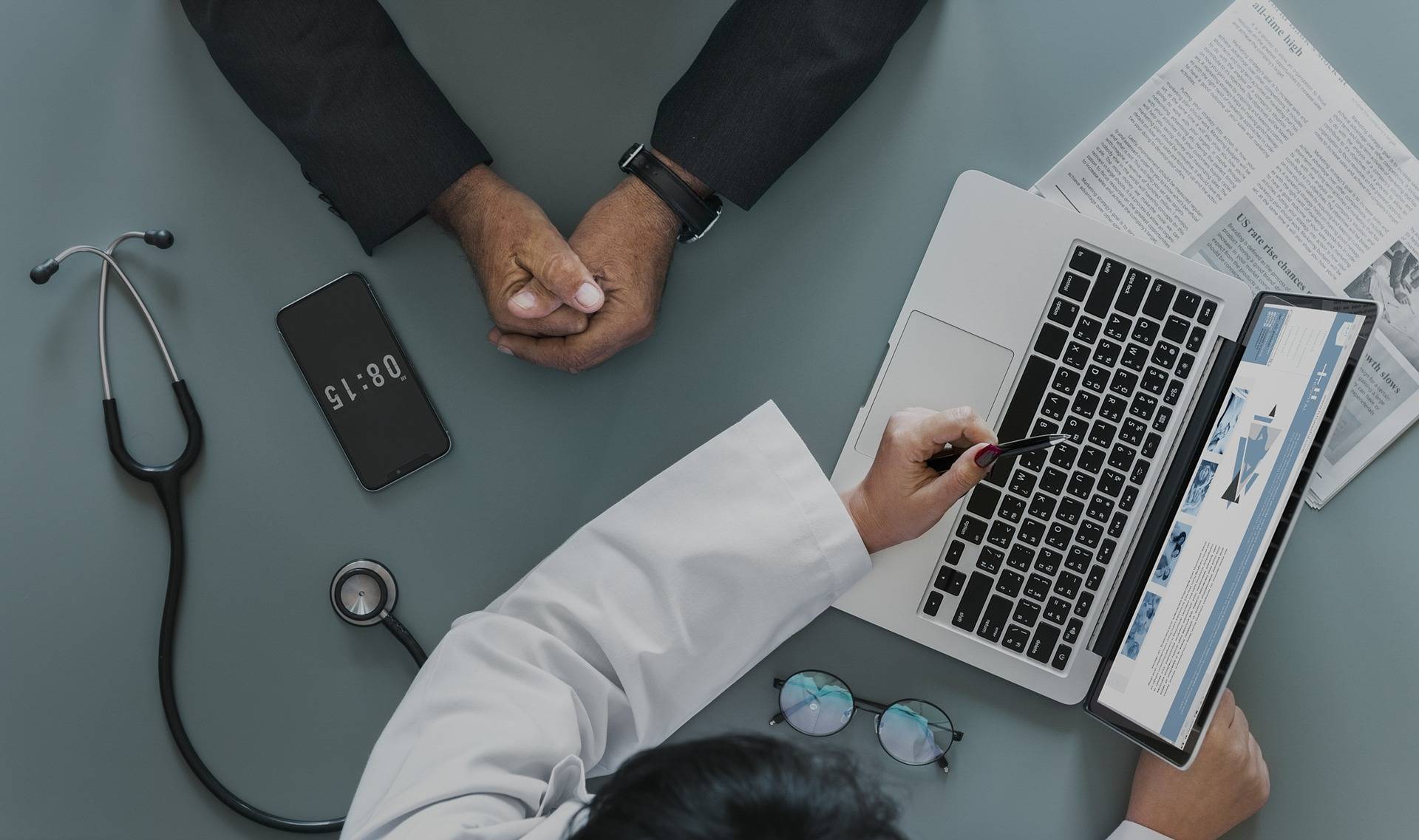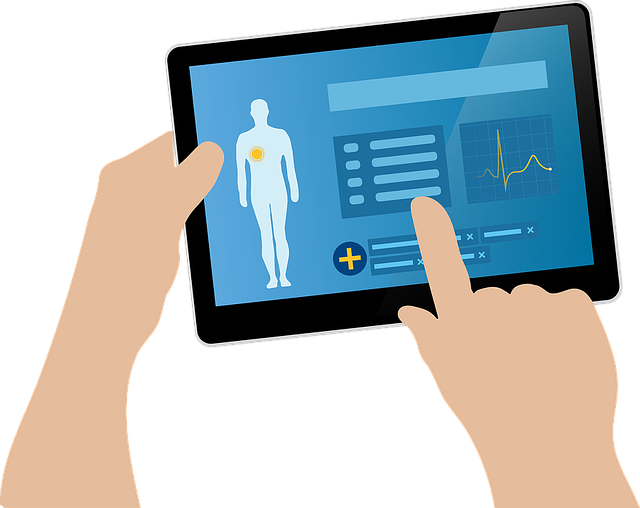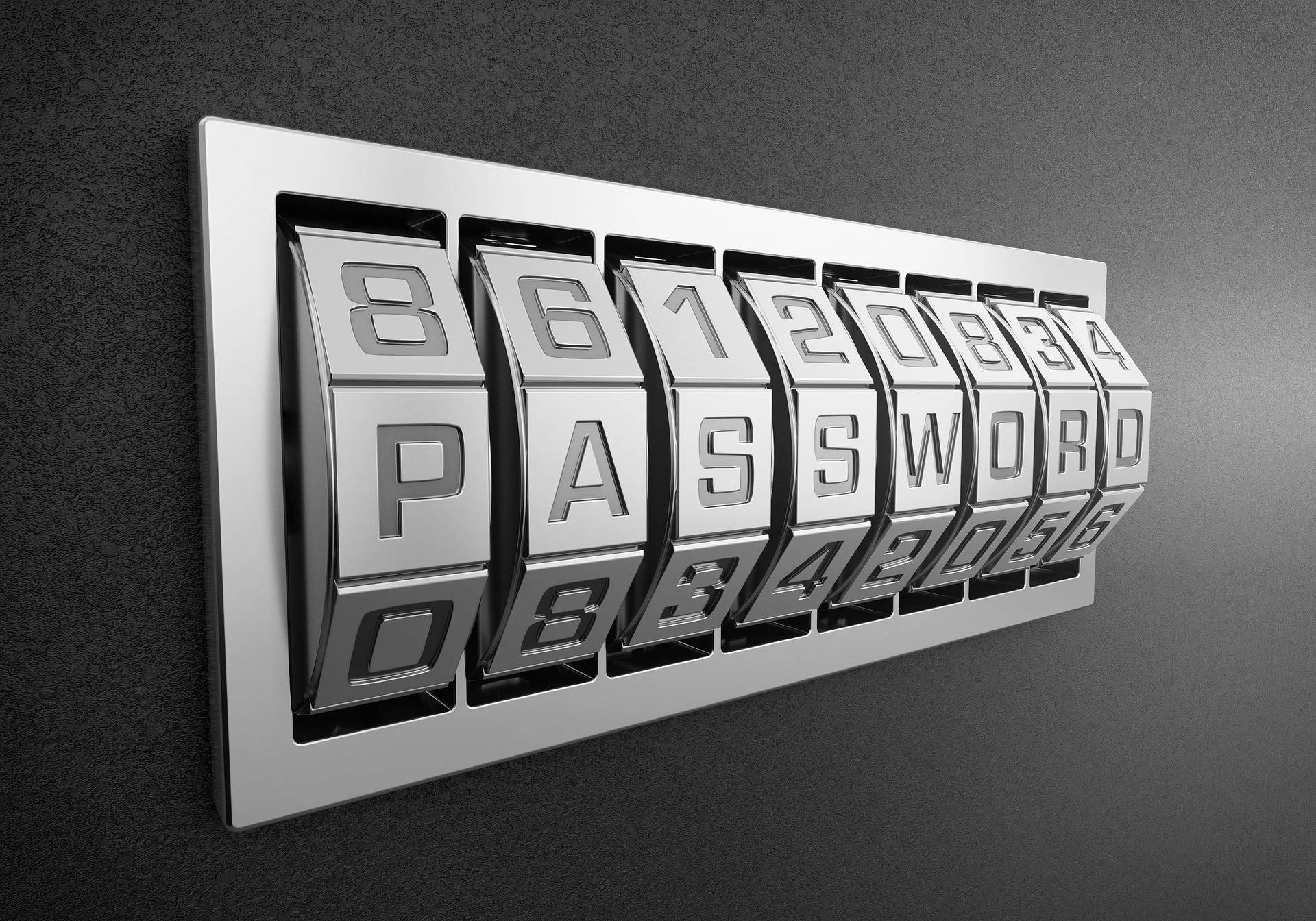4 Benefits of Cloud Computing for Patients and Physicians
There are many benefits of cloud computing in medical devices, and there’s definitely a growing expectation that medical device companies will utilize connective technology.
For patients and physicians, those benefits are often complementary. A cloud connected device can improve accuracy, speed and costs, which leads to better use of a physician’s time and improved patient outcomes.
Here are four benefits of cloud computing and connected medical devices for patients and physicians:
#1. Better workflow integration and care management
Today it’s difficult to get the attention of a physician for more than five minutes during a consultation. During that time, they’re trying to figure out data and analyze what that might be telling them about the patient, so they spend less time actually connecting with the person in front of them.
This is to the frequent frustration of both the physician and the patient. People do still need that human touch and genuine interaction, and this goes both ways. The overhead of healthcare seems to come in between that patient-physician relationship.
Cloud connected devices can help with this situation by integrating the data, or the use of that data better into the workflow. This way, it doesn’t come in the way of patient interaction, but is an assistant to it. Some examples may include:
- Getting patients to do testing offline. Rather than them coming in, being sent elsewhere for testing (blood work, for example), then having to come back for another appointment to look at the results, they could do tests like these at home. For the patient, it’s more convenient to take care of testing in their own time before going into a clinic. It’s less taxing on the patient and allows for a better overall experience when they do come in to see the physician.
There are a number of companies out there offering things like in-home blood or urine testing, so this is the way healthcare is heading. It makes sense to connect medical devices and work with these preferences. - Another example is sleep studies. When patients have any sleep issue, such as insomnia or sleep apnea, this often involves them having to physically go somewhere for a sleep study. They sleep there for the entire night, attached to a whole lot of wires for monitoring.
In practical terms, if you’ve ever had sleep issues, you’ll understand why this might not be the most ideal environment. You’re not at home where you’re used to sleeping, and the chances are that being in a lab might exacerbate the sleep issues you have.
Cloud connected devices can help greatly with this situation. They can be set up at home to monitor all the things that a lab sleep study does (blood pressure, sleep cycle, breathing etc.), so that a patient has a more natural “test” experience. These are often wireless systems, and the data can be collected on the cloud and automatically sent to the patient’s physician. - From the physician’s perspective, having this data available on the cloud allows them better abilities to mine and interpret data. Instead of being presented with a whole lot of raw data that they have to put together and interpret, the cloud solution can provide analysis and guide them toward solutions.
For example, let’s say they’re looking at indicators like blood pressure or blood glucose. Instead of having to analyze 30 days of data themselves, a cloud solution can quickly perform analysis and let the physician know if either of those things are trending in the wrong direction. The physician can now focus less on trying to read the data, and more on the patient themselves.
#2. Better decision-making
If you take away the hassle of having to locate or generate data and then interpret that data, you leave more room for physicians to make good, data-based decisions.
For example, there are a number of conditions for which you can monitor early indicators and seek to bring the appropriate treatment faster. Look at conditions like post-traumatic stress or even heart conditions. A physician can see indicators, such as reduced physical activity, missed medications or reduced social interaction. These are all early indicators that should be of concern, but are often not known about unless a patient specifically talks about them.
A cloud connected device can set up alerts for indicators such as these, which can be passed directly onto physicians, or onto the patient’s family members.
There are also benefits to being on top of early indicators, which of course a connected device can directly help with. Early indicators can help lower the cost of care by avoiding the condition from getting any worse. They can also help patients to have a better prognosis – early treatment is often a life-saver.
Another consideration that helps with better decision-making is that the data is now more accessible. Data is often stored in files on databases that aren’t accessible. Data accessibility means that the people who need it can more easily get the data, allowing for more considered decisions.
Put in the context of the short amount of time that is often allowed for a consultation, the physician can have more confidence that they can access the right data. They can make a good decision within the consultation time, while still giving appropriate attention to the patient. This can lead to better outcomes too.
#3. Reductions in errors and costs
A lot of healthcare information is typed, perhaps even transcribed from one system to another. For example, a patient fills out a form on paper, talking about their medical history and that of their family, then this is entered into a computer system. This leaves a lot of room for error in the transcription.
You could also see errors where the information needs to be passed on to another system once it has been captured. For example, a hospital might need the information captured by a patient’s primary care physician. What often happens is that information is printed out, then someone at the hospital has to transcribe it into their system. Again – there is a lot of room for error here!
Cloud connected devices can transmit this sort of data automatically, helping to greatly reduce those transcription errors. These sorts of errors can create a large number of problems in healthcare – for example, what if an allergy to medication wasn’t correctly transcribed?
#4. Reductions in tests
If you’ve ever been referred from one specialist or physician to another, you may be able to appreciate this one! Sometimes what happens is that test data doesn’t come along with you, meaning that the new physician wants to repeat the tests.
From the patient’s perspective, this can be both expensive and burdensome. You have to pay again for the same testing you already had – you also have to make the time to turn up and have the testing done.
Repeating tests can also delay diagnosis or decision-making on the part of the physician. Sometimes the delay can be costly in terms of outcomes of care.
Cloud connected devices can ensure that the test data is transferred to the care provider immediately, removing the need for repeat testing. This is not only a better experience in terms of efficiency for patient and physician, but more conducive with early decision-making.
Final thoughts
The benefits of cloud connected devices and cloud computing often work hand-in-hand for patients and physicians. The overall efficiency of data transfer leads to a number of better outcomes for both.
For example, you can reduce costs, time taken and the need for hefty data analysis. Connected devices can provide a bridge between physicians and patients, ensuring that data isn’t missed because it exists somewhere else and hasn’t been transcribed.
The bottom line is something we all want to achieve – better patient outcomes, and safer, more effective devices.








